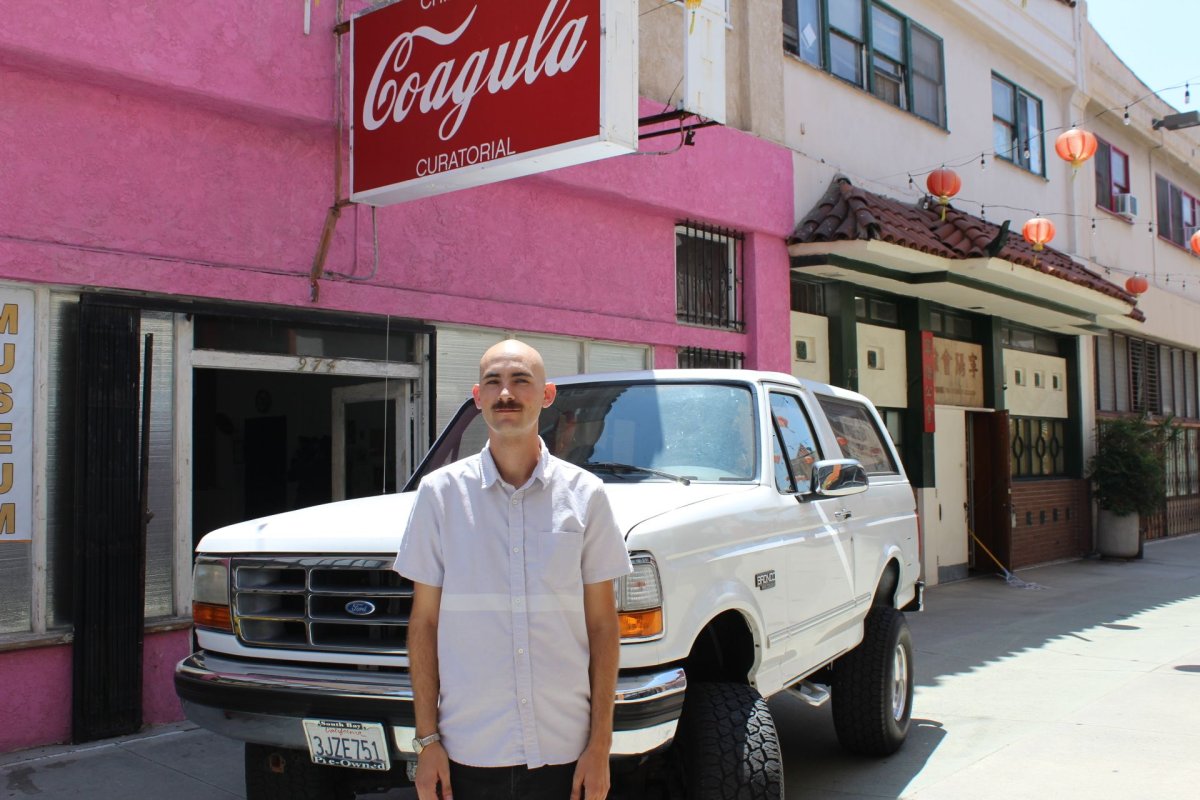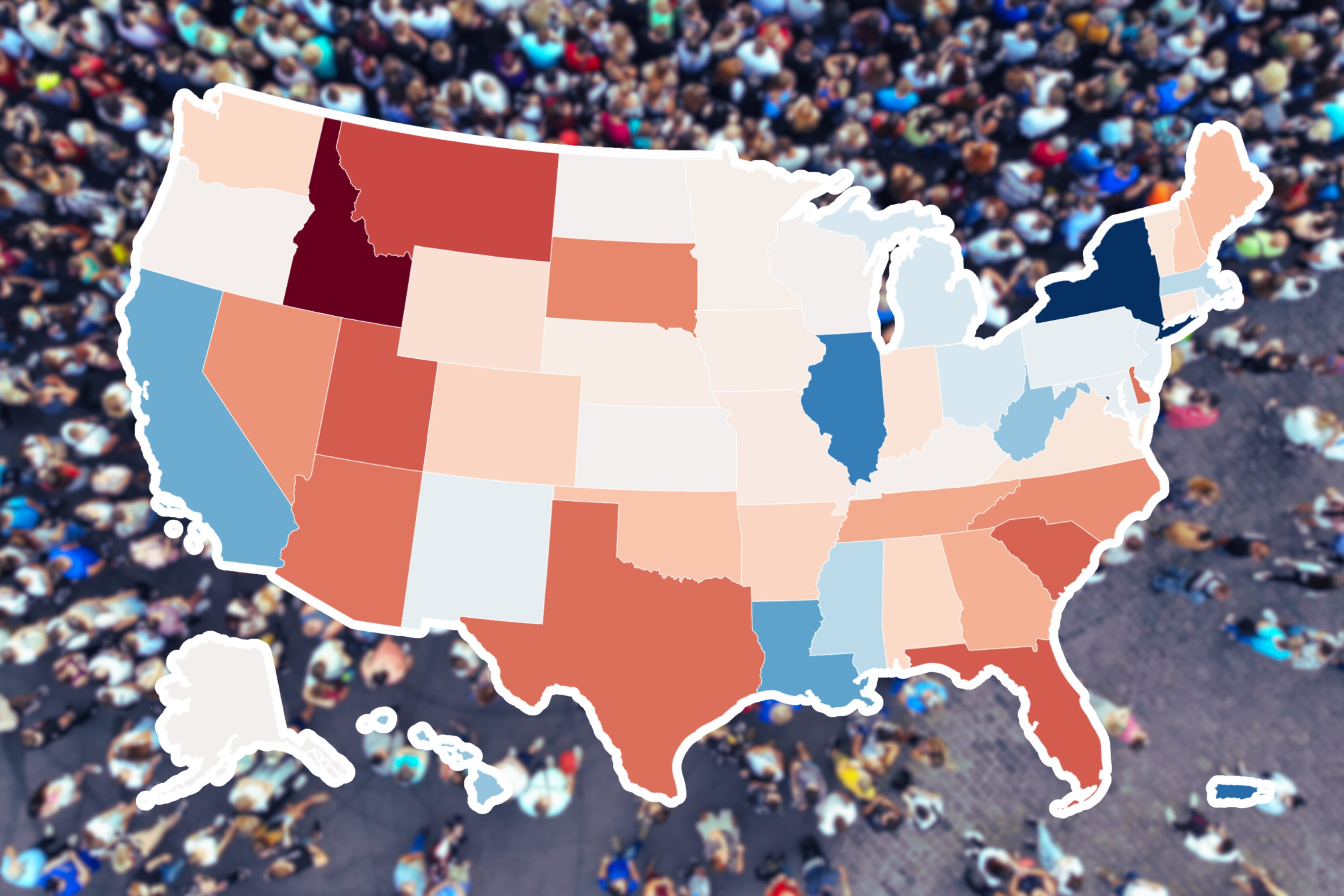Since the 1994 deaths of Ron Goldman and Nicole Brown Simpson, the subsequent trials and tribulations of accused killer O.J. Simpson have captured the attention of the world, for better or worse, because a celebrity may have somehow "gotten away with murder."
But behind the barely remembered facts and the strange pop culture phenomenon the case became, lies a dirty truth about the American public: We're a sick bunch with a salacious interest in a case that has come to define more about who we were as Americans at the dawn of the 21st century—and how ugly we are.
"The trial is something that's been covered a million times, from a million different perspectives," Adam Papagan, curator of The O.J. Simpson Museum at the Coagula Curatorial Gallery in downtown Los Angeles, told Newsweek. "But there was always this fan culture around O.J. Simpson as this hero and this anti-hero."
The collection is small, mostly pop culture-related items like books, apparel and even board games, all inspired by "the trial of the century," as the case became known. One wall is covered from floor to ceiling in shirts that were hawked outside the courthouse during the 11-month trial. Walking through, you can't escape the cold reality that the only reason why this museum exists in the first place is because two innocent people died.
"Nicole and Ron are absolutely overlooked in all of this," said Papagan. "In the center of all of this, whether you think O.J. did it or not, two people lost their lives. On the other hand, you know their names, whereas the 99.99 percent of other victims you don't know their names. So in a way they are not forgotten about." Two large pictures of Nicole and Ron fill up one large white wall.
Papagan, who grew up in Brentwood, California, was only a child during the trial. He's since turned the case into a bit of a career. Besides the museum, he also offers an O.J. tour around Brentwood that has attracted celebrities like Lena Dunham. He crowdfunded enough money to purchase a white Ford Bronco similar to the one O.J. hid in the back of during his high-speed chase with police just before his arrest on murder charges.

The museum's collection gives off the sense that somebody decided to go on a crazy nostalgic '90s eBay shopping spree and then display it in a gallery. From a sociological perspective, it's impressive to see the extent some people went to profit off the case. From a moralistic standpoint, it's painful to imagine how a member of Nicole's or Ron's family would react to seeing a board game dedicated to the case.
Tons of notorious American murders have captured the attention of the public (JonBenet Ramsey, the Manson murders, Laci Peterson) but none like the Simpson case. Unlike these others, we as a public had a prior relationship with O.J. Simpson. We knew him, or at least we thought we did. Occurring just two years after the L.A. riots in 1992, the case largely became a discussion about race in America. Whether it warranted that discussion is a debate that continues to this day—as the public deals with a president who seems to suggest a moral equivalence between violent racists and those who oppose them. It's that conflicting tightrope of familial emotions and deeply felt sense of injustice that keeps our interest in O.J. Simpson alive, no matter how grossly out of touch our obsession with the case steers us away from the victims at the heart of it.
Even the passing of time has moved coverage of the case from typical tabloid fodder to full-on prestigious award-winning films. Ryan Murphy's The People vs. O.J. Simpson won multiple Emmys last year, and the ESPN documentary O.J.: Made in America won the Best Documentary Feature Academy Award.
"Simpson's chase, arrest and trial oscillated between tawdry tabloid affair and enlightening narrative. Even today, this twisted, surreal story has all the right salacious ingredients—especially for a nation that has found Serial, The Jinx and Making a Murderer irresistible," wrote Stuart Miller for Newsweek. And the timing for a museum like Papagan's couldn't be better.
Simpson will soon walk the streets as a free person—thanks to Nevada, which granted parole on his 2007 armed robbery conviction. What he'll do next is anybody's guess. Due to being held liable for Ron's and Nicole's deaths in a civil case, whatever money Simpson makes will go directly to Ron Goldman's family, which has steadfastly led a campaign to hold Simpson accountable for the murders.

In 2007, desperate for money, Simpson "authored" a book titled If I Did It—it was ghostwritten by Pablo Fenjves. It offered a "hypothetical" version of the murders. The Goldman family sued Simpson for the advance royalties from the book and any compensation Simpson was to receive for promoting the book. Ultimately they were awarded the rights to the book, and officially had it retitled If I Did It: Confessions of the Killer.
If he's capable of stooping to the level of writing a book laying out how he would have murdered Nicole and Ron, then you can for sure bet Simpson is going to have no problem keeping his name in the news. (Not like he has to work very hard at it. Major news outlets took a break from the never-ending reality show of the Trump White House just to cover Simpson's parole hearing.)
The world has become more nuanced since O.J. Simpson was relevant. Things that once ruined careers, like being accused of murder, now seem like just another notch in the resume. The O.J. Simpson case, and our obsession with it— largely thanks to the media—desensitized us a society. We now expect to know everything, on a 24/7 loop, constantly connected. The Simpson case foreshadowed reality TV, social media, our current obsession with the true-crime genre, our continued societal dismissal of women (and not just Marcia Clark, we collectively seem to forget that Nicole was also the victim of domestic violence), among so many other mainstays of modern America. Would this case be as sensational as it was in 1994? Likely not. Would the outcome of the case have been the same if it were held today? Probably.
"I read in the National Enquirer that Simpson is going to become a TV preacher," said Papagan.
In an era in which a person who admitted to wanting to grab a woman by the genitals was able to be elected president of the United States, it's safe to say that even someone like O.J. Simpson can have a second act in today's America.

Uncommon Knowledge
Newsweek is committed to challenging conventional wisdom and finding connections in the search for common ground.
Newsweek is committed to challenging conventional wisdom and finding connections in the search for common ground.
About the writer
A writer/comedian based in Los Angeles. Host of the weekly podcast Parting Shot with H. Alan Scott, ... Read more
To read how Newsweek uses AI as a newsroom tool, Click here.








